The construction of Grand Feu enamel dials is a complex, time consuming and expensive process. Partly as a consequence of this process, vintage enamel dial watches have a unique, everlasting and truly magical charm to the new, seasoned and experienced collector. Vintage enamel dial pieces have a special aura about them and may exist in a state of time warp type beauty that almost mirrors the day they were born. For St Imier based Longines, almost all of their enamel dials heralded from dial maker Flückiger which is now owned by Patek Philippe.
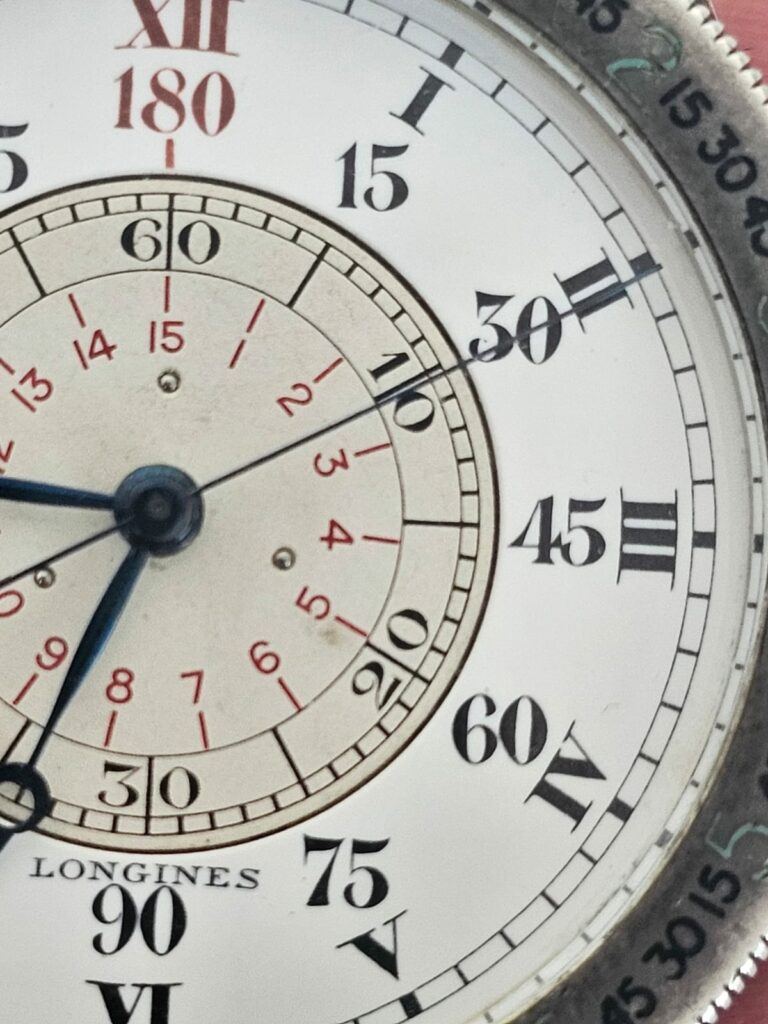
Whilst metal dials are accepted with a range of flaws, with descriptions that range from shagged, spider, spectacular and everything in between. Dealers now use the word spider to describe dials that were considered long gone when myself and those suffering greyhairitis started collecting. However, enamel dial collectors have not yet transitioned to accepting a spider version in their wish list or vocabulary, and consequently, they often seek seemingly a perfect or near perfect enamel dial.
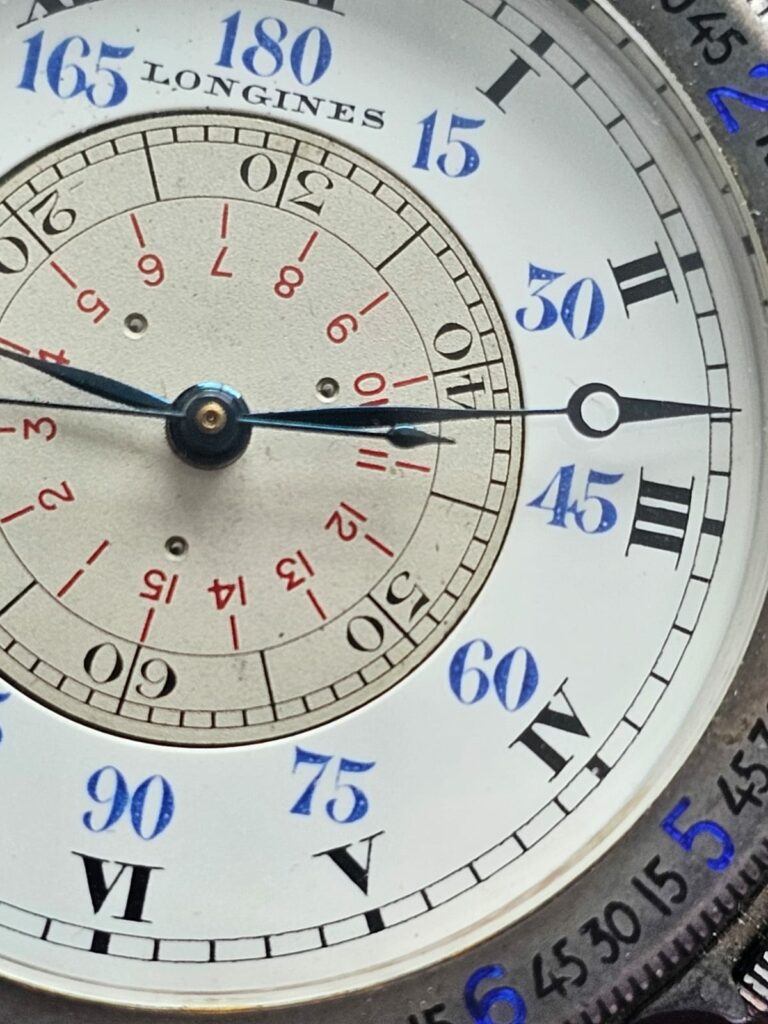
Grand Feu dials have a complex and expensive manufacturing process which results in manufacturing flaws. By default, the QC process means many are discarded and that makes perfect original vintage enamel dial models very special. They are even more exceptional when they are found within a special collectable rare model like the vintage Longines Weems, Lindbergh or special enamel dial chrono, wrist or pocket watch from a variety of makers.

Finding a perfect enamel dial in these rare watches is a challenge. Most dealers and collectors have likely never seen nor held an original version of the two vintage Longines aviation watches noted. This is one of the reasons the watch is not spruiked and promoted by one and sundry. Most Weems and Lindbergh pieces were delivered during the Great Depression and supplied at a time when overcoming air navigation’s challenges meant the difference between success and failure, and at times life and death.
Many were supplied to the military or used by military officers or explorers pushing aviation’s boundaries. It is important to remember that vintage 1920-1950’s aviation watches themselves are a particularly rare breed, and even moreso, if issued to the military.
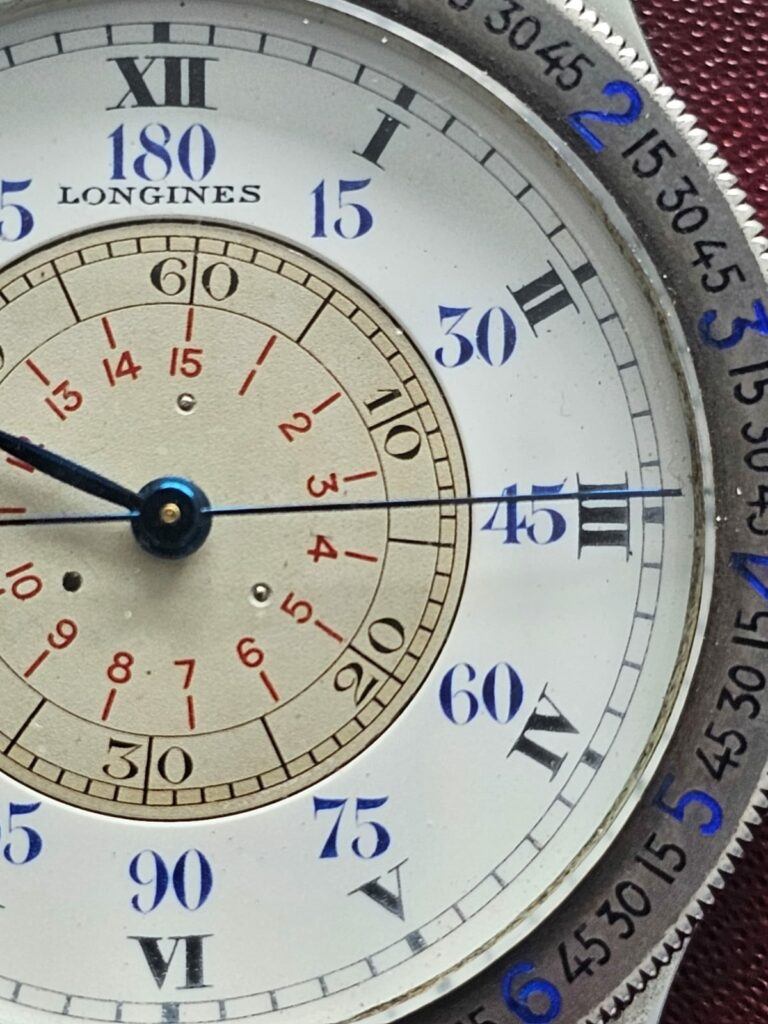
For anyone with a special interest in horology, vintage military aviation watches are without exception some of the rarest and most sought-after ticking survivors.
Their rarity is of course attached to the extinction type outcomes of the pilot, plane, and their watch in early aviation history, especially during military engagement, and compounded by other unforeseen events post being issued.
The dangers and casualties of early aviation cannot be overstated and many a pilot lost their life pursuing new aviation frontiers. The loss of a plane generally involves loss of the pilot and their watch.

Enamel dials are susceptible to damage from impact like a heavy knock, being dropped and during careless service work from an inexperienced or lazy watchmaker.
Therefore, given early aviation challenges and their tool watch purpose and function it must be noted that finding a Longines Weems, Hour angle, rare enamel chrono, or other special vintage piece from this era with an all original and perfect enamel dial is a challenge.
In more recent times we have seen newly remade enamel dials appearing on the watch market. Of course, there is nothing necessarily wrong with a remade dial, given these Longines models are 75-90 years old. However, there can be no value comparison between a vintage Lindbergh with a flawless vintage enamel dial and one that has a remade one. They are vastly different beasts and one is multiples the value of the other.
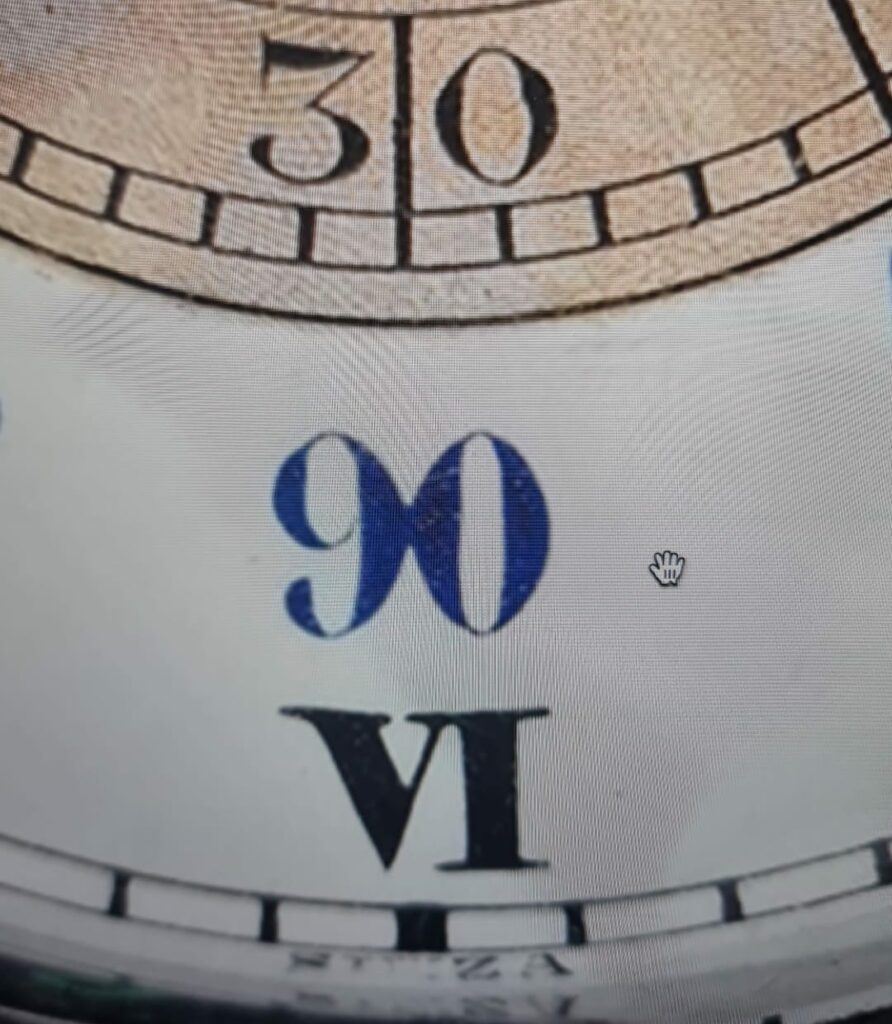
Sadly, the watch business is about money and it is full of at times clever, entrepreneurial and often dishonest souls. Almost all, including the very biggest names in the business, seemingly suffer repeat and ongoing amnesia and the propensity to overlook and not disclose simple details that have a material and substantial effect on the price. Whilst this dial handiwork could be done in multiple countries, those the author has seen seemingly have an Italian connection – hence The Italian Job name.
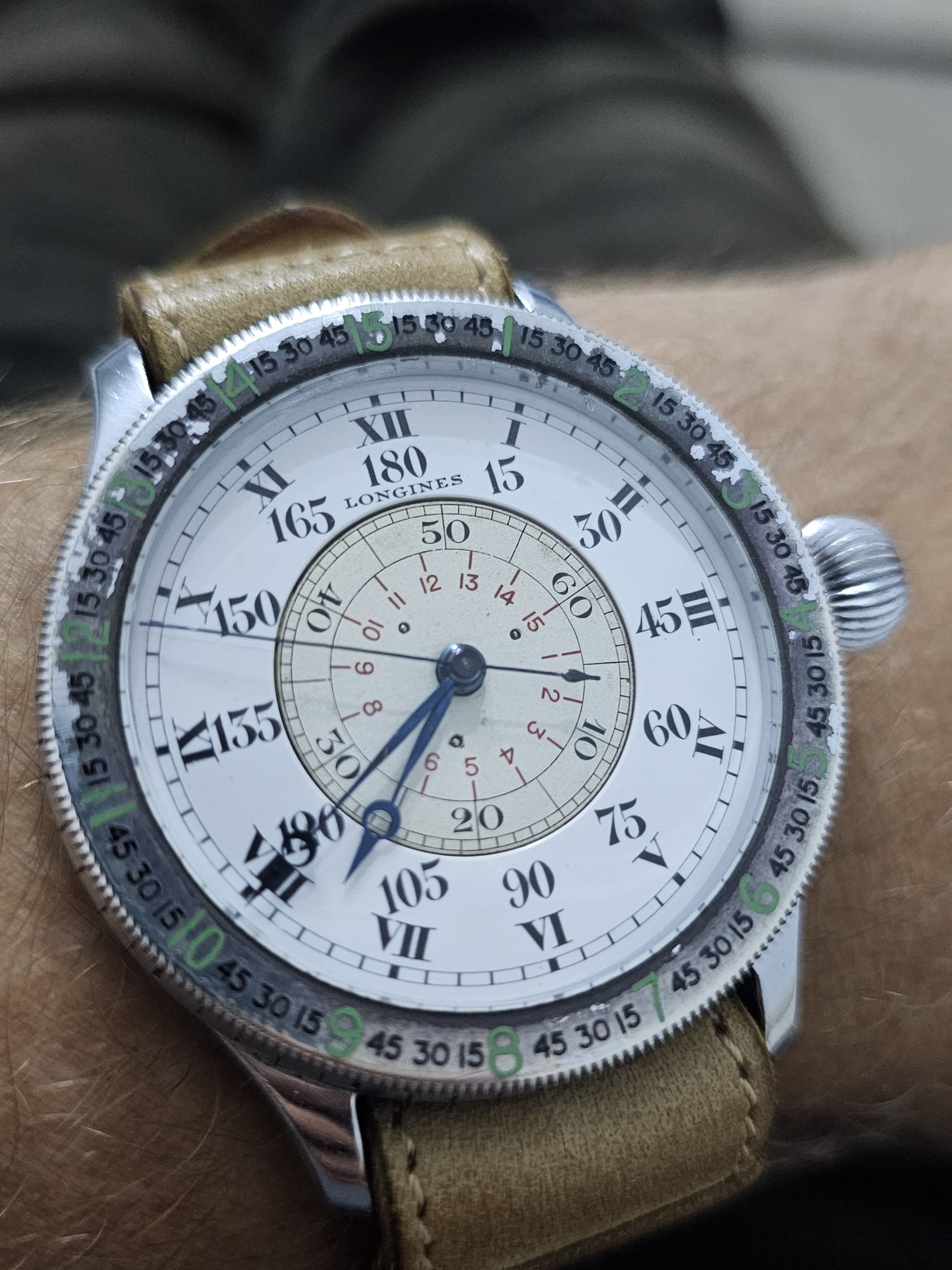
I have experienced substantial losses firsthand with undisclosed hairlines by multiple dealers on Longines and other enamel dial pieces. The final straw came after discovering a remade hour angle dial post purchase from a very big Miami based American dealer who literally described it as mint. The watch with a remade dial was sent from Italy and the discovery made post event. Obviously, it was very far from the mint description noted by the dealer. Here are a few pointers to help in this identification process to save you a similar headache. Whilst there are subtle dial variations over time and within the model, the Longines font needs to be fat and thin in the right places and it is crisp and light from the factory.
The remade one suffers from bulges in the wrong places and the font and weight of the letters is easy to see when compared against an original one. The serifs are almost always wrong and there should be absolutely no touching of the 0’s with other numbers in the degree scale.

This simple error with touching numbers on the degree scale has now been “fixed” in the next generation of remade dials, but the heavy overweight and tired font is a dead giveaway especially the N and S of Longines. There are 4 distinct hour-angle models with a number of subtle variations. To date, the author has only seen the blue and black dial being remade and the consistency of the blue pigment for the degree scale is also amiss.

It should be noted that the author has also discovered redone enamel dials on other “special” Longines and Omega models that lie in other collections. To identify a ring-in it is necessary to keep an eye out for font, spacing or inconsistencies with numbers on enamel dials and the texture of the base. Whilst there is nothing inherently wrong about a remade or repaired dial, the failure to disclose it is problematic, completely unprofessional, and bordering on fraudulent in an age where it is known or should be by an experienced dealer. A remade dial is a fraction of the value of an original dial, and it is impossible to compare the two. The author is happy to try help keep The Italian Job limited to a great movie title only.
